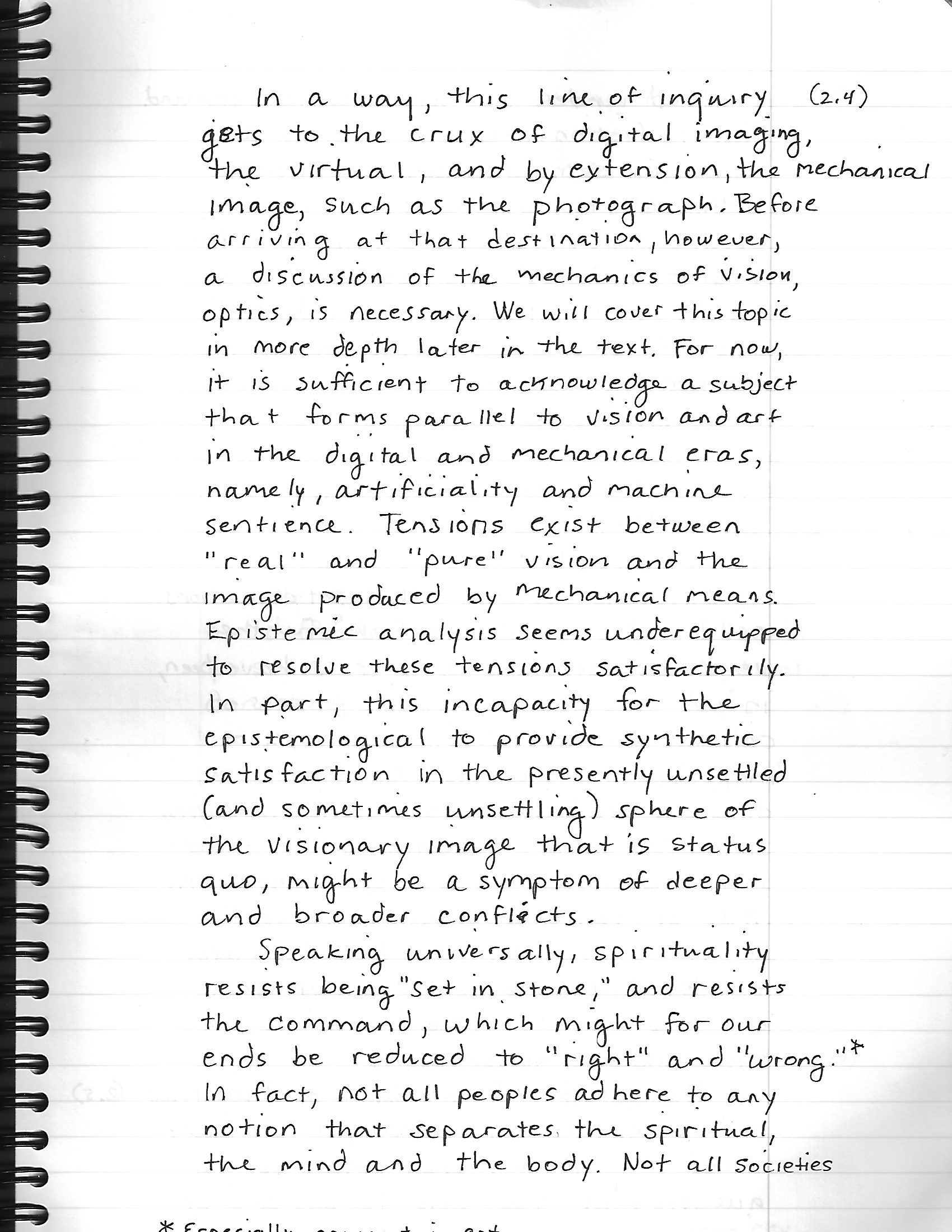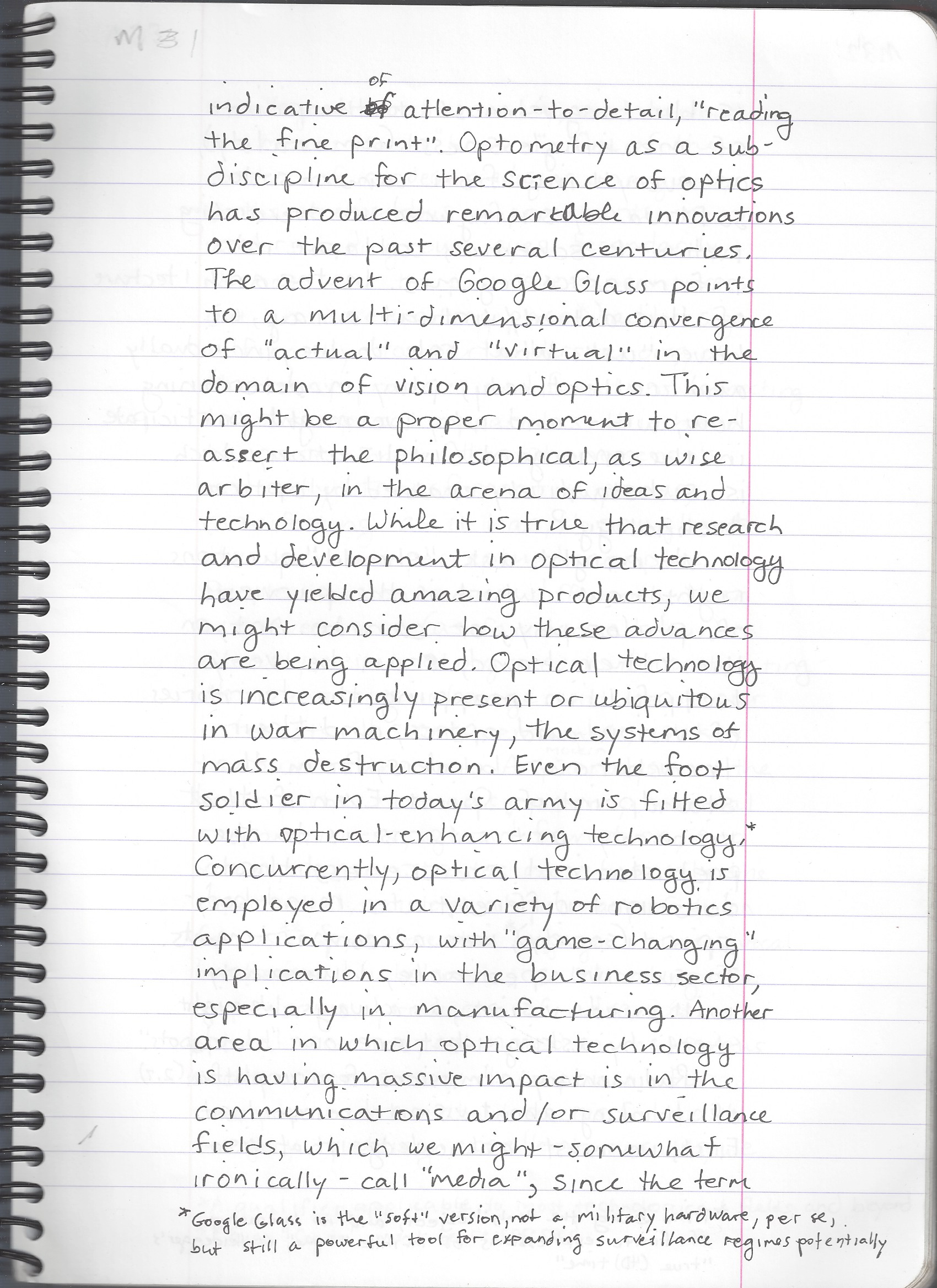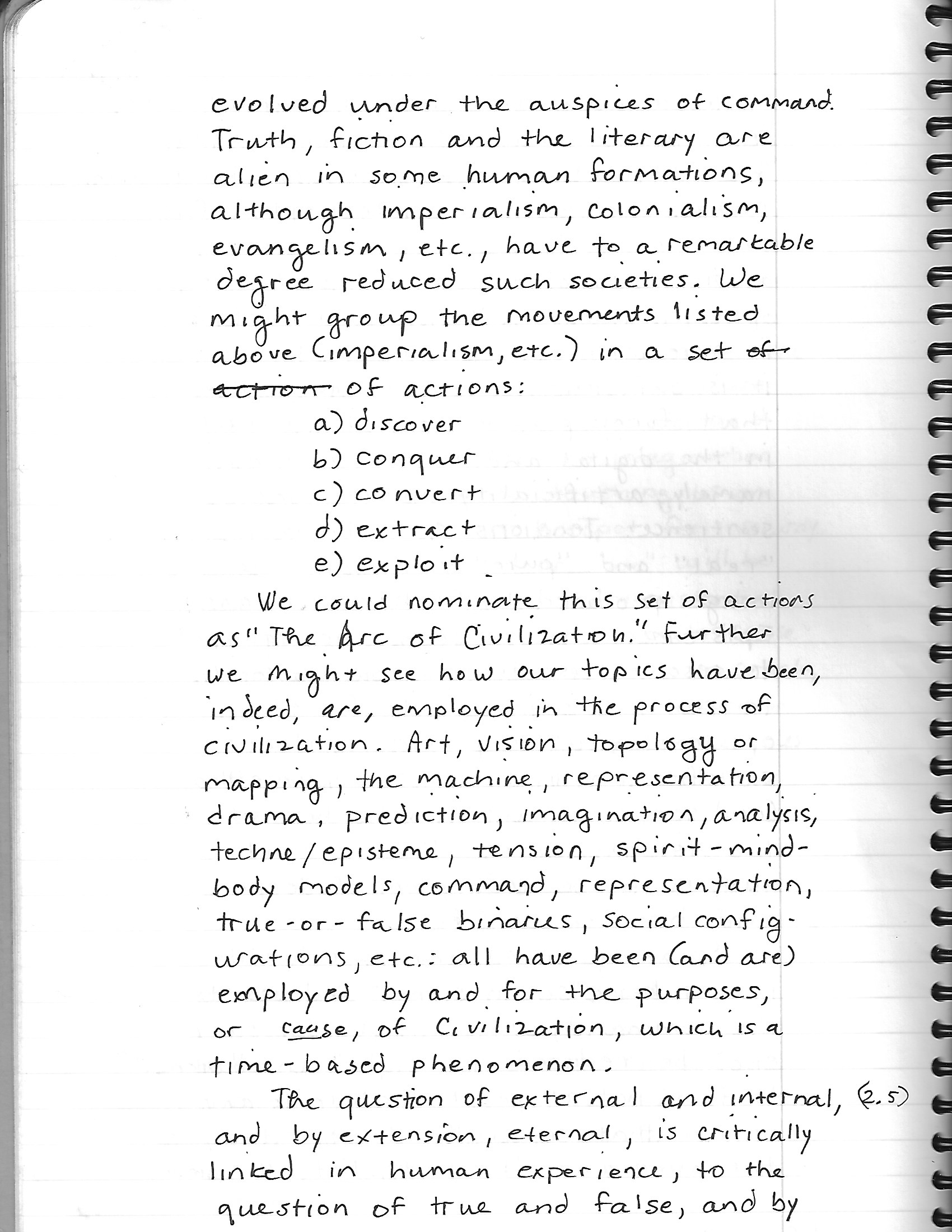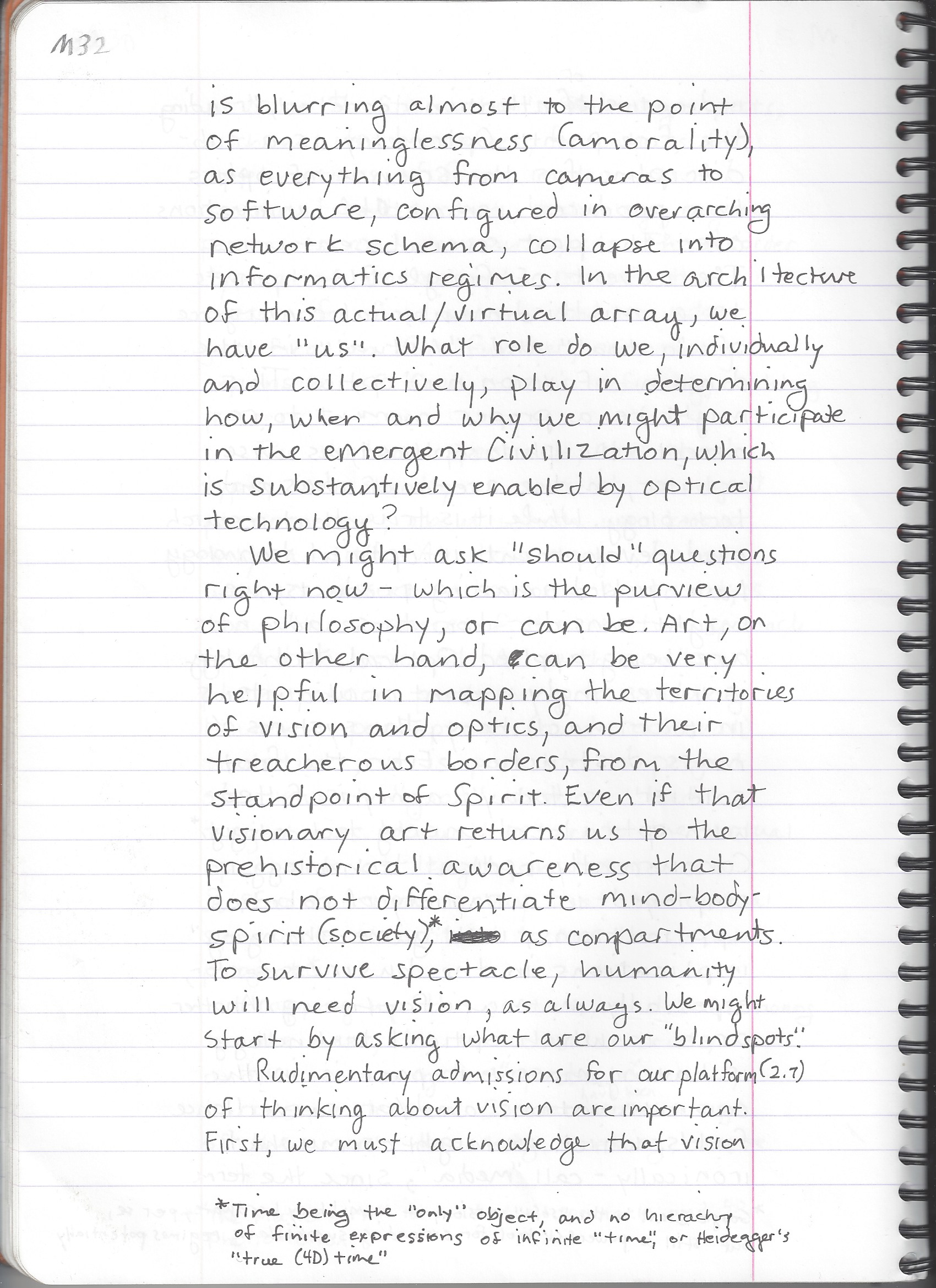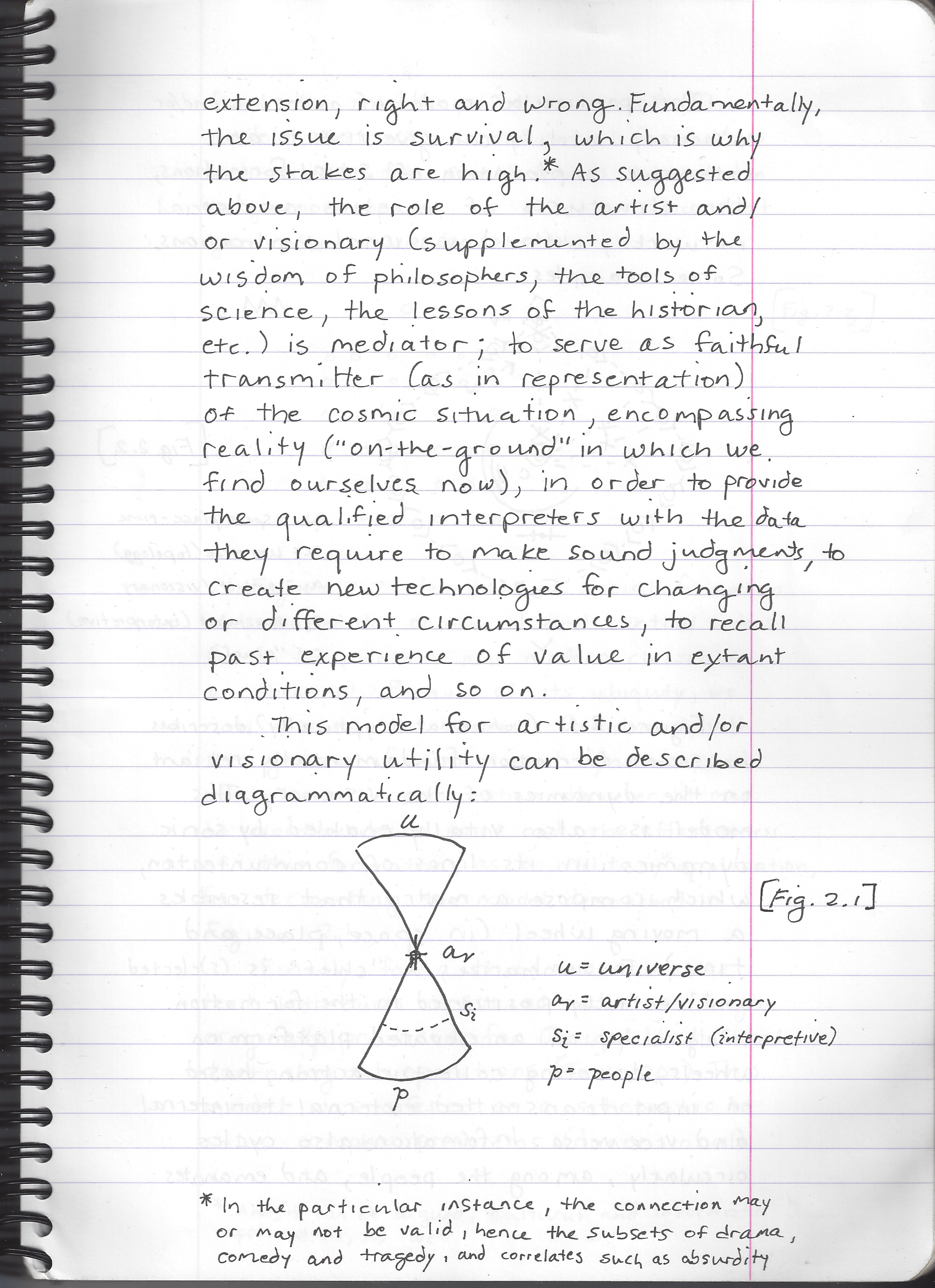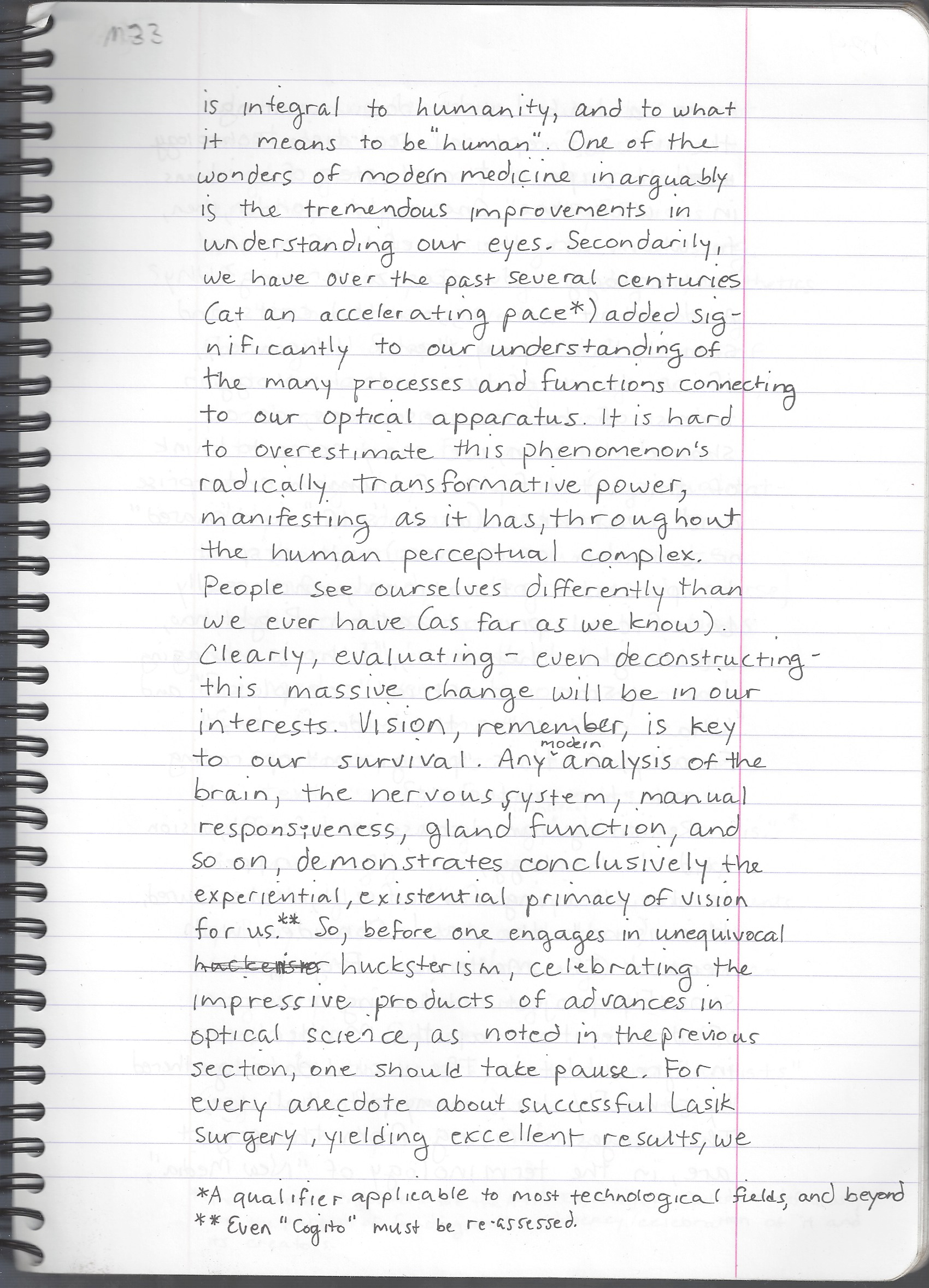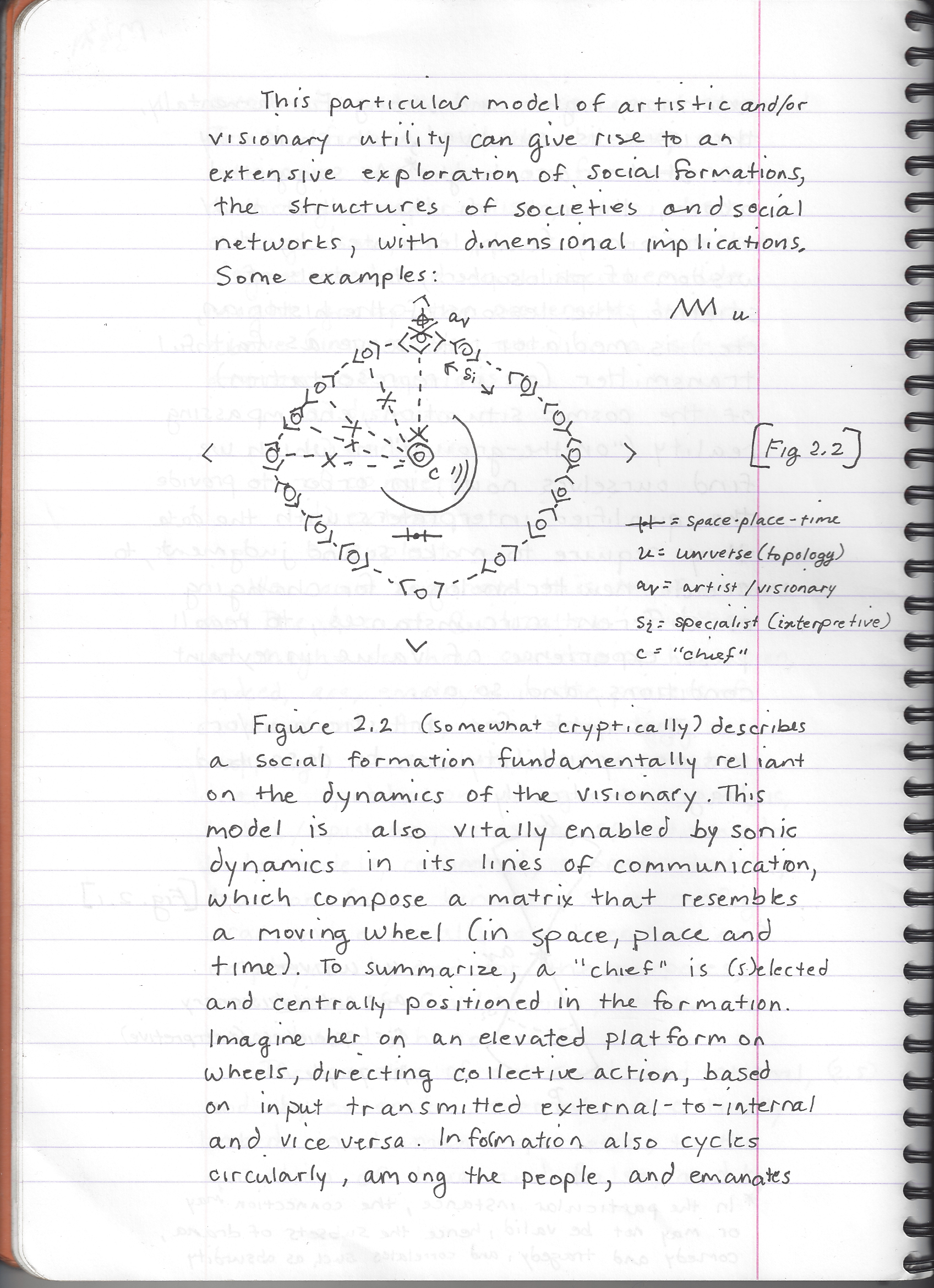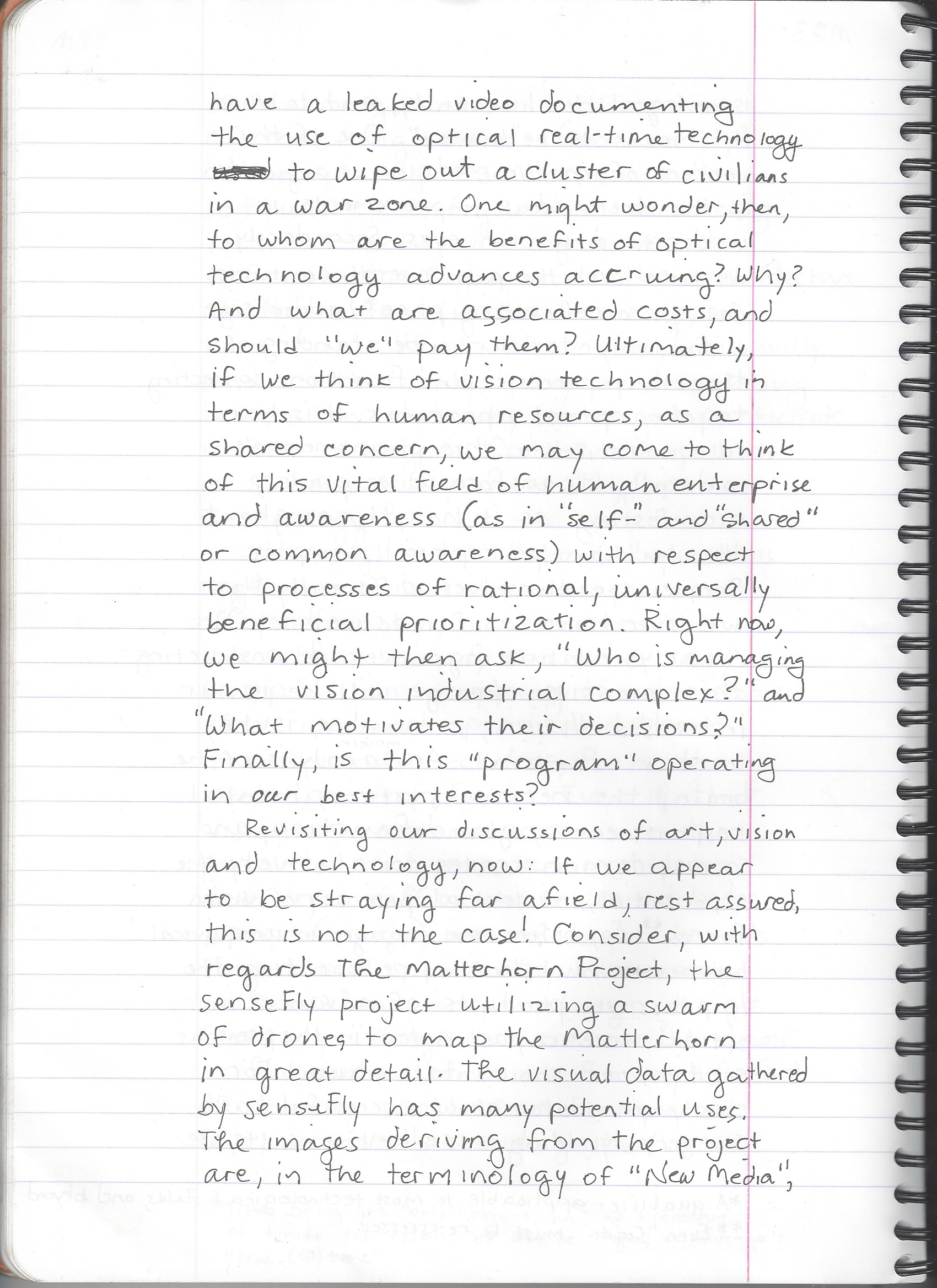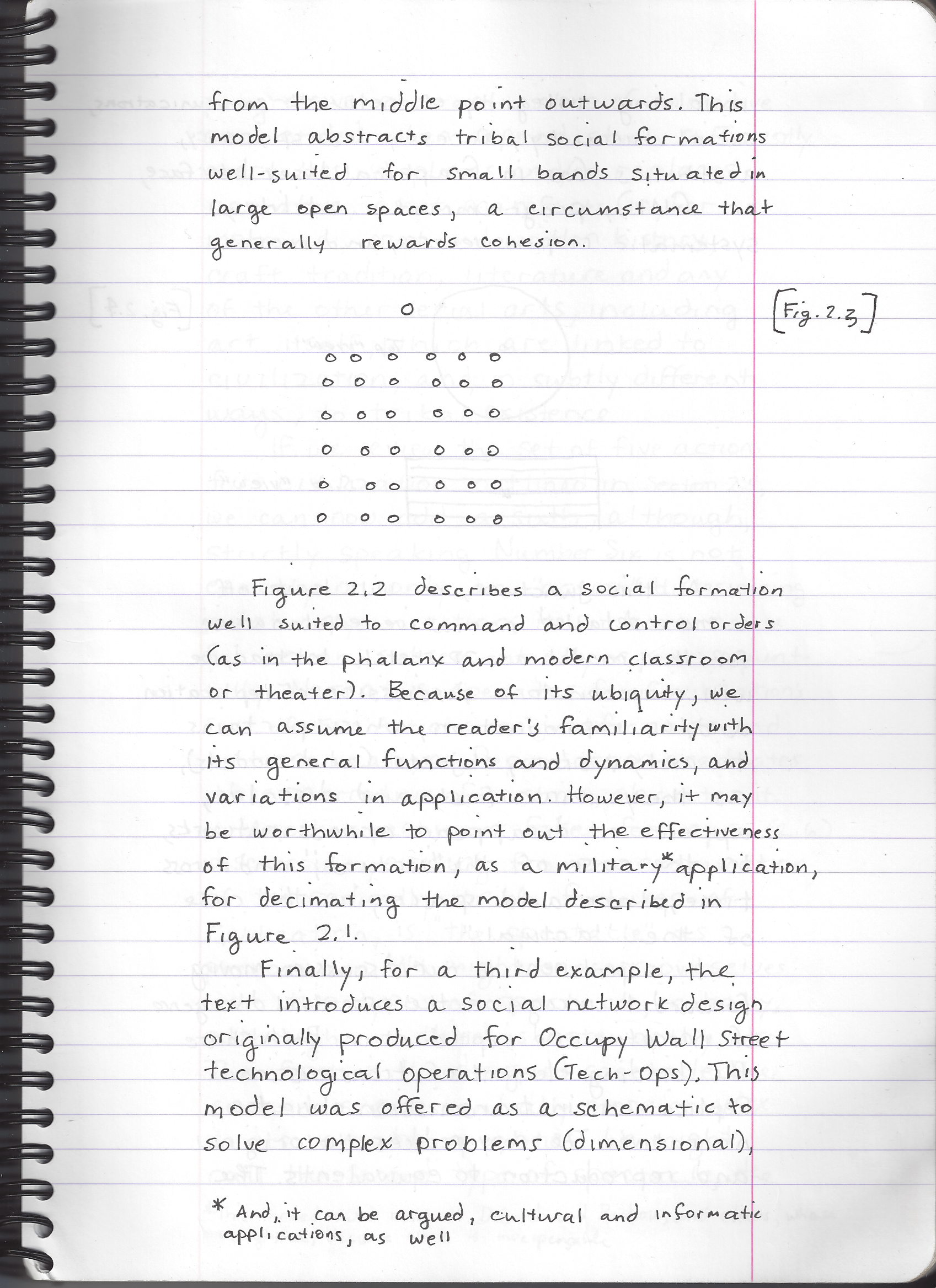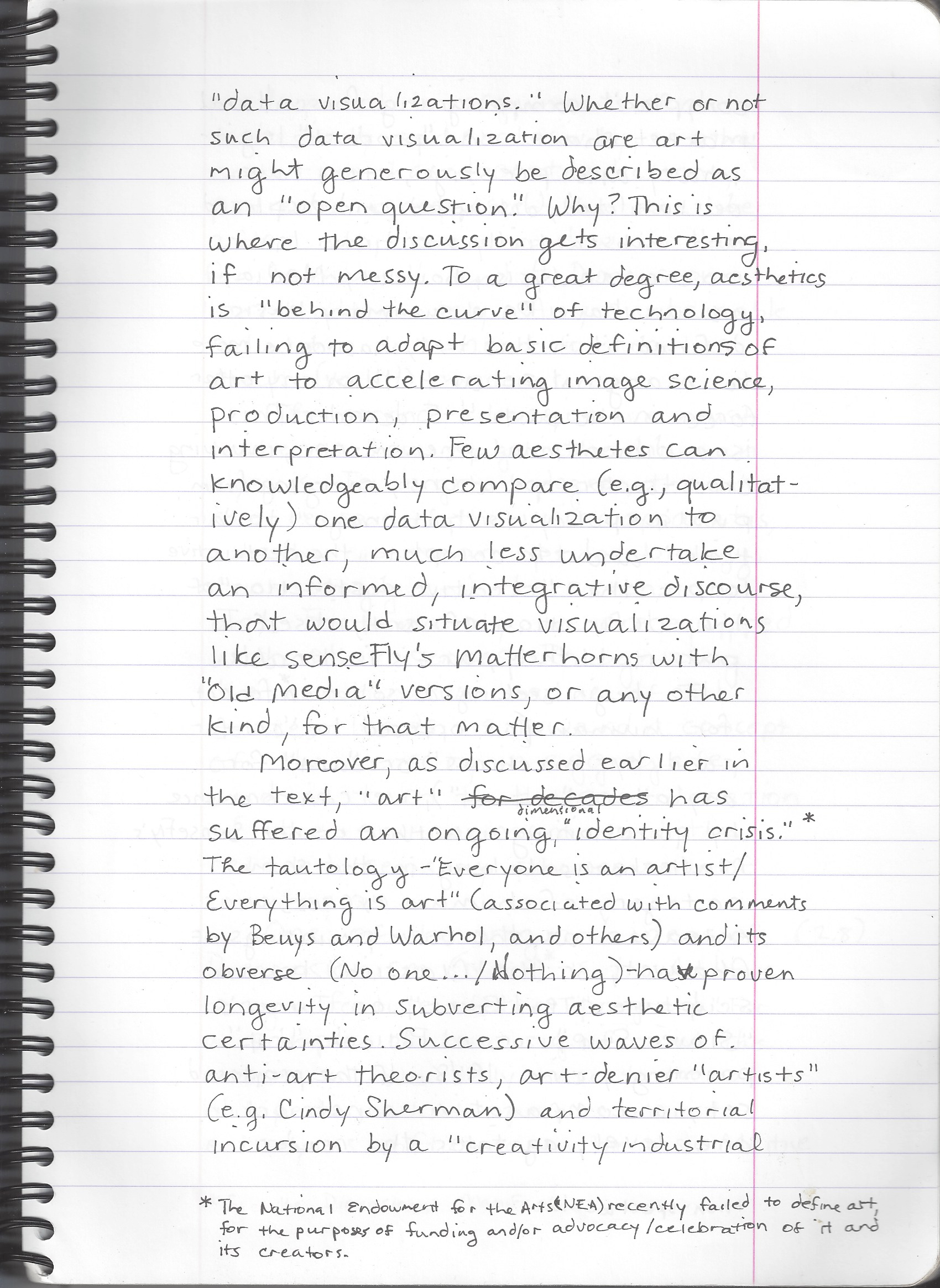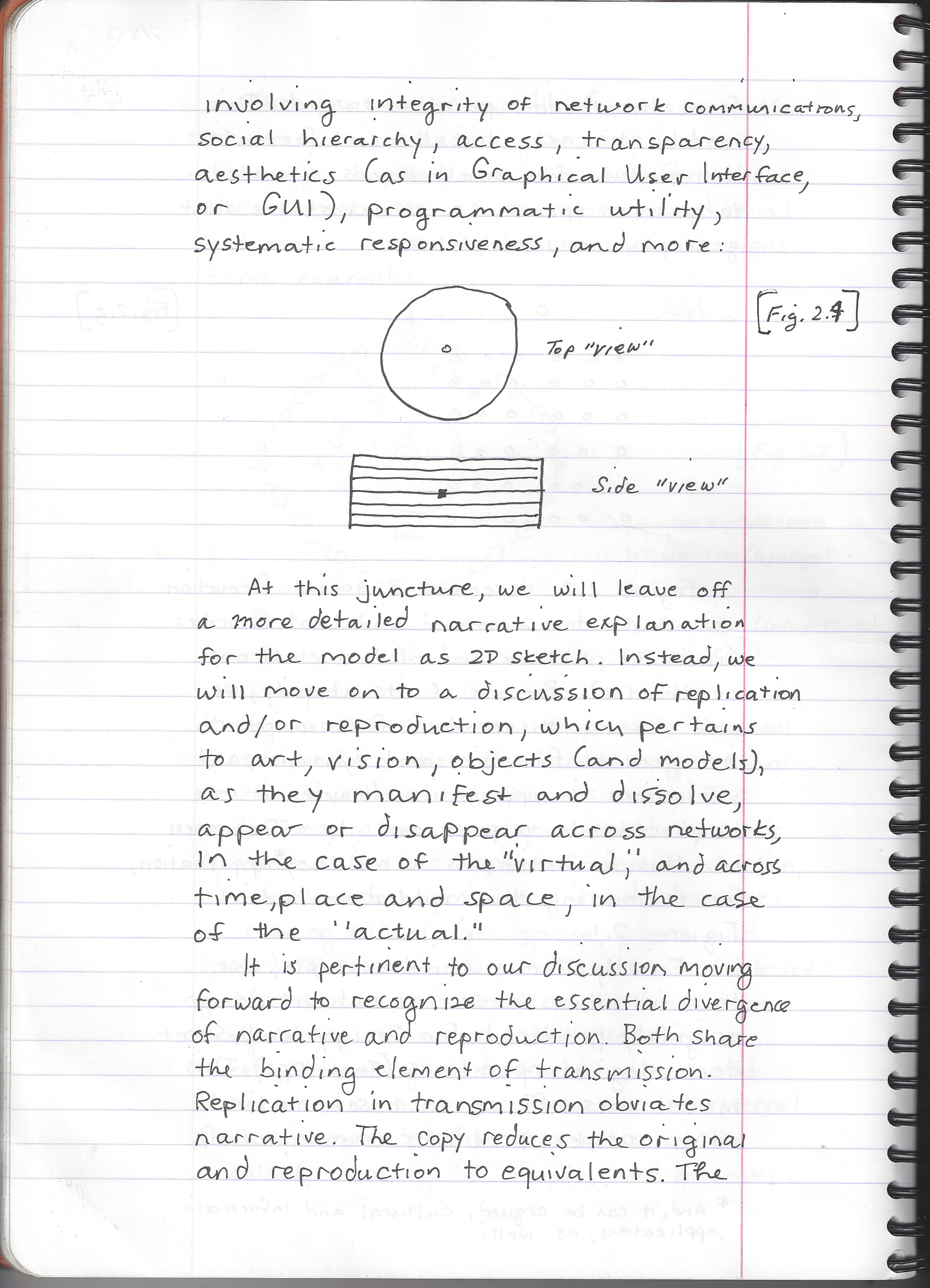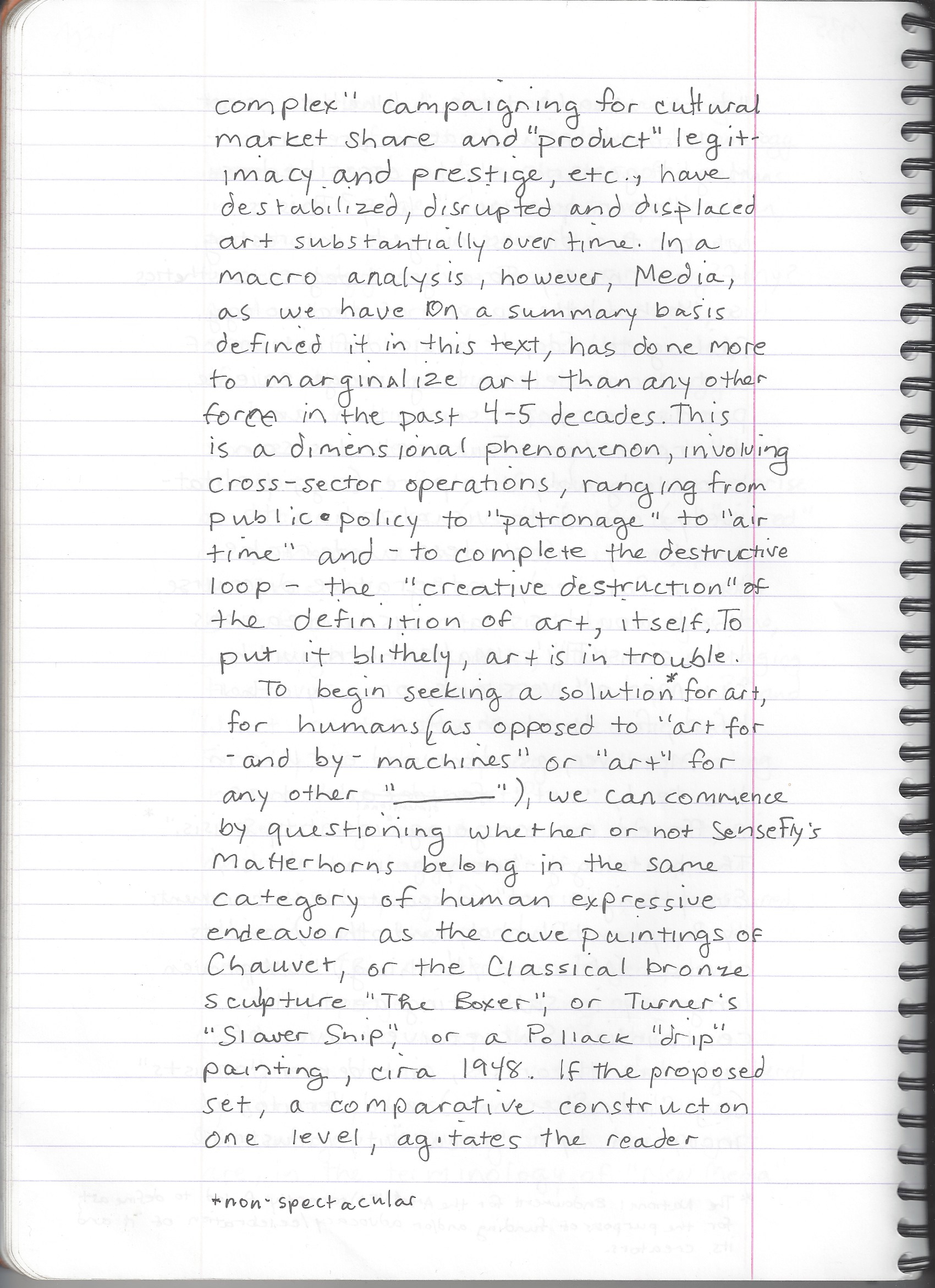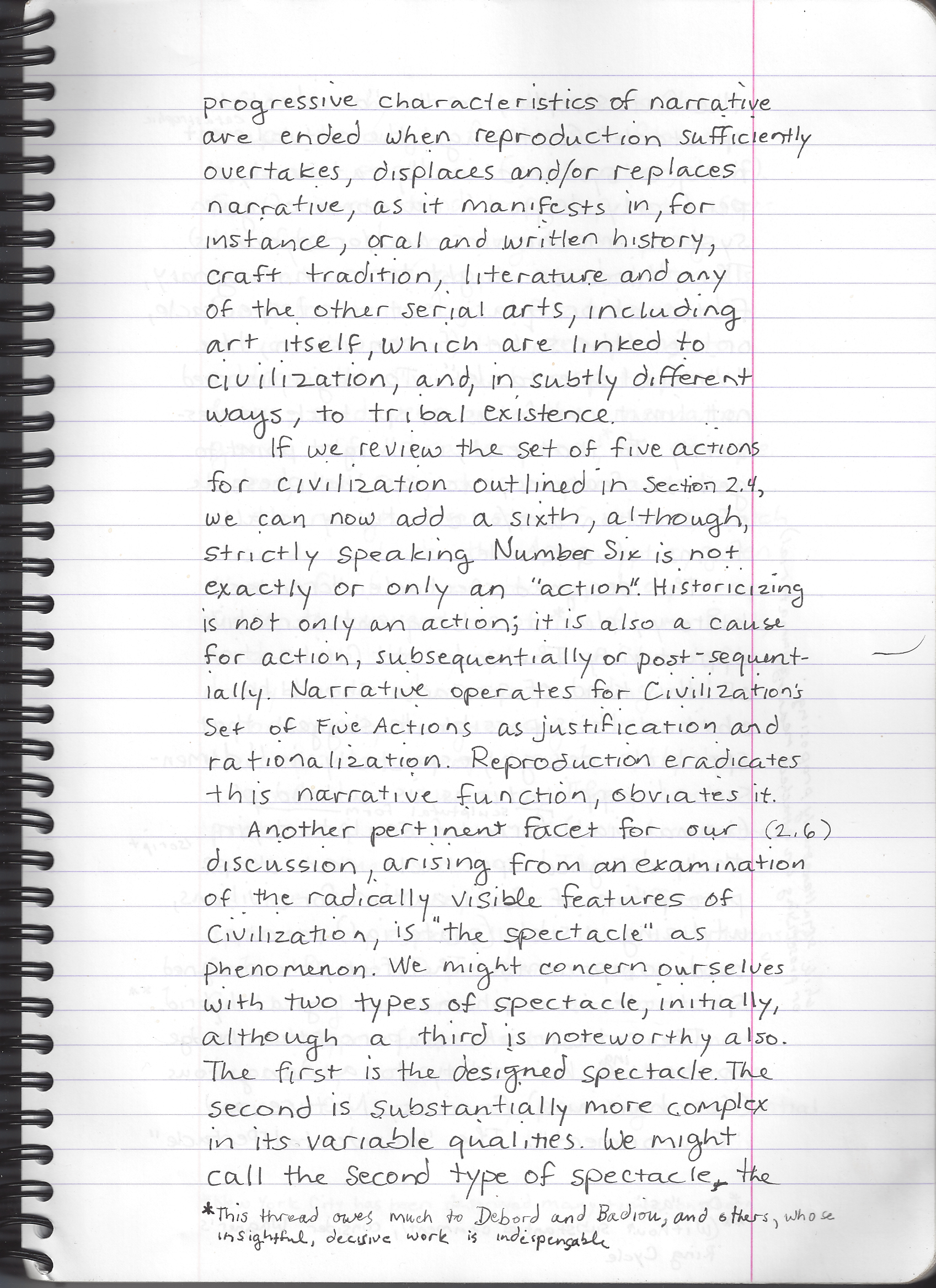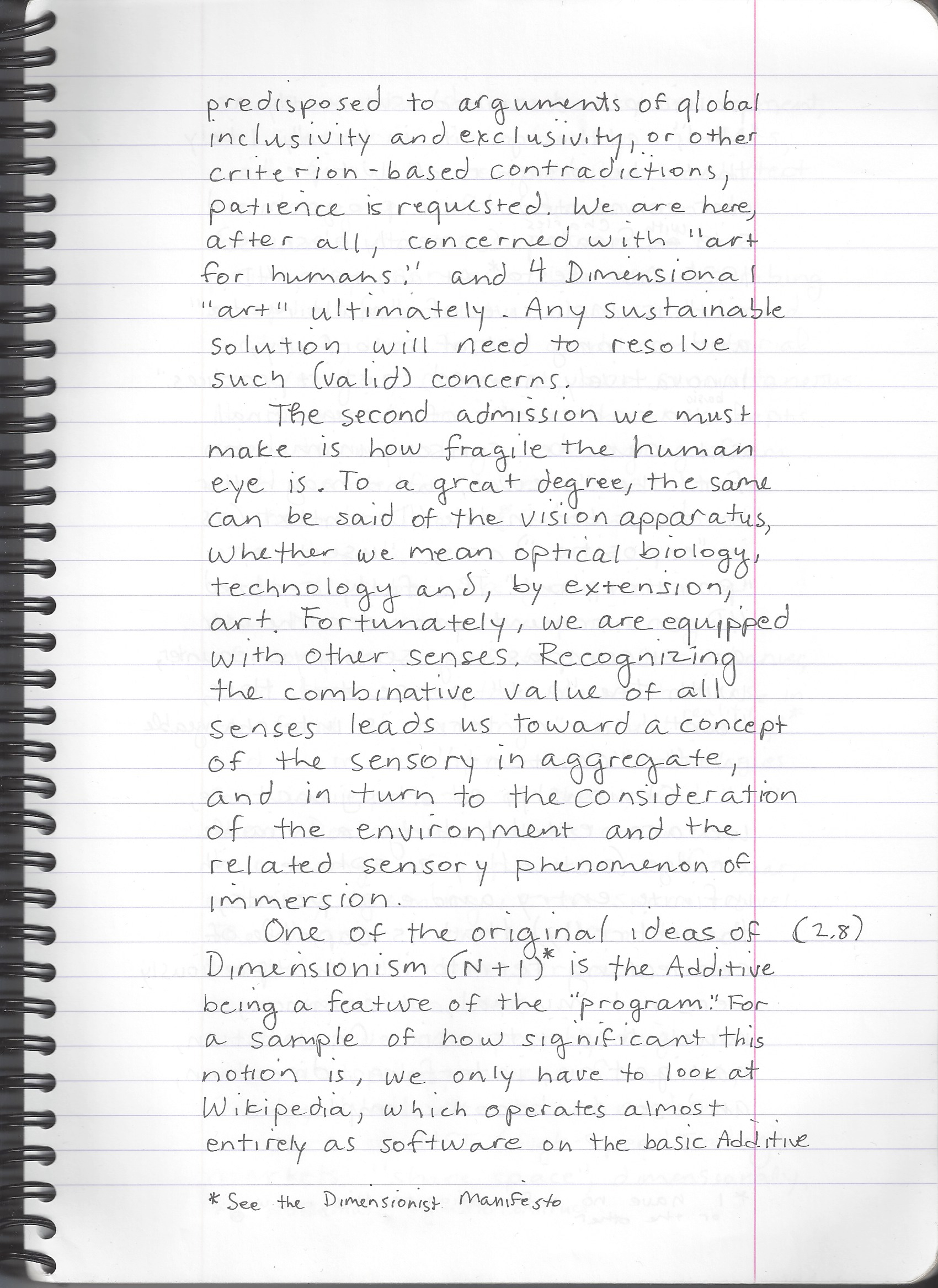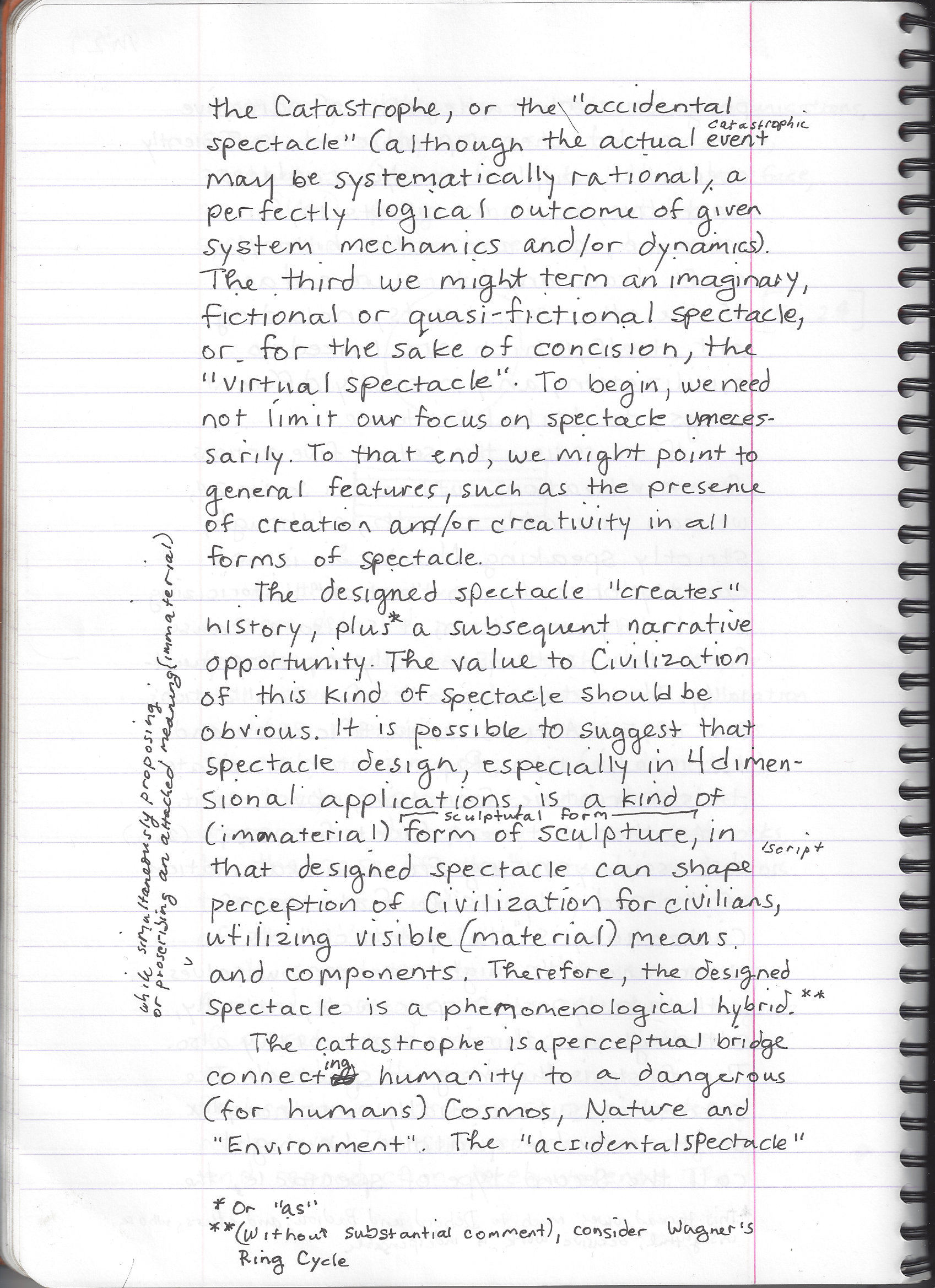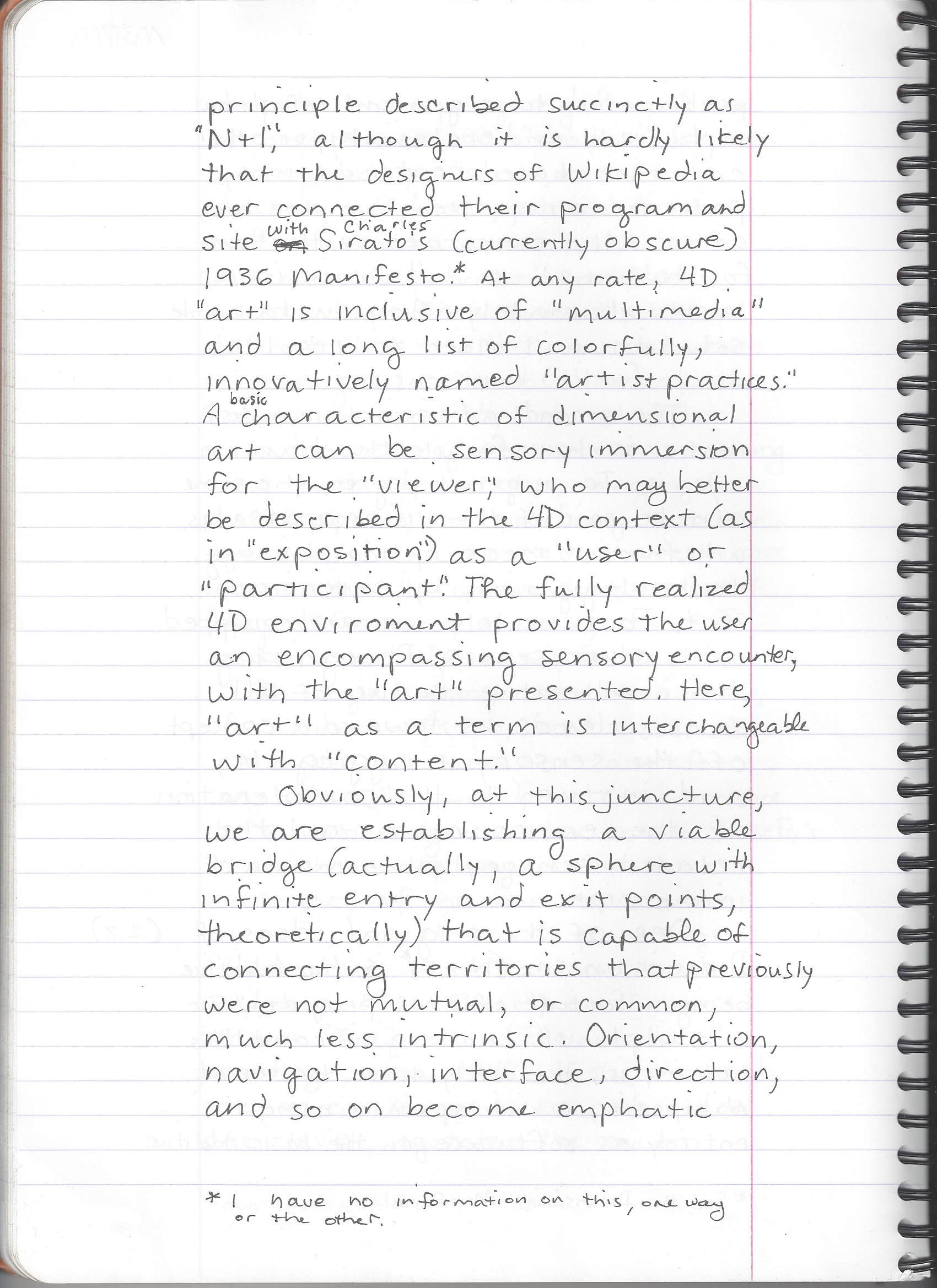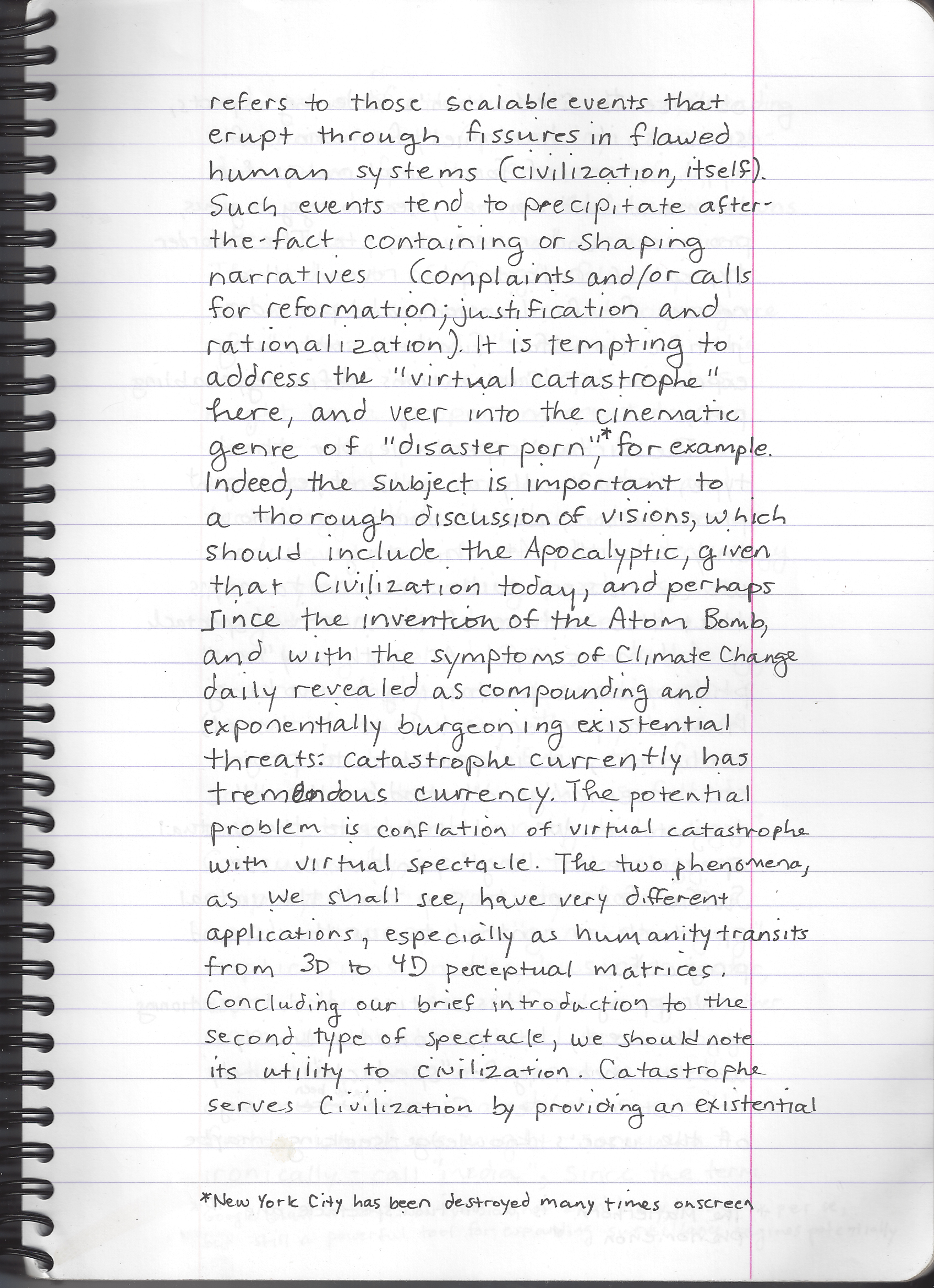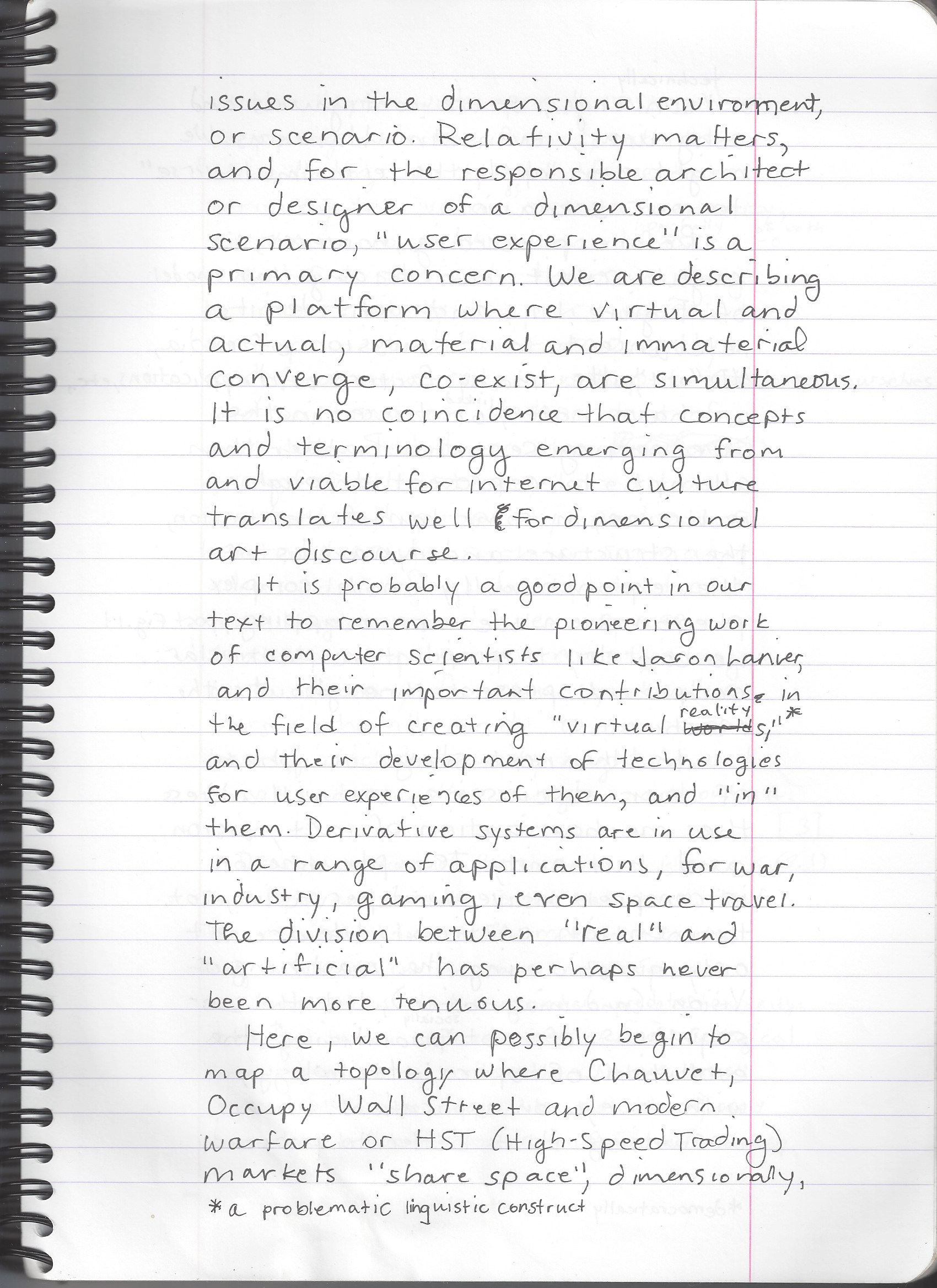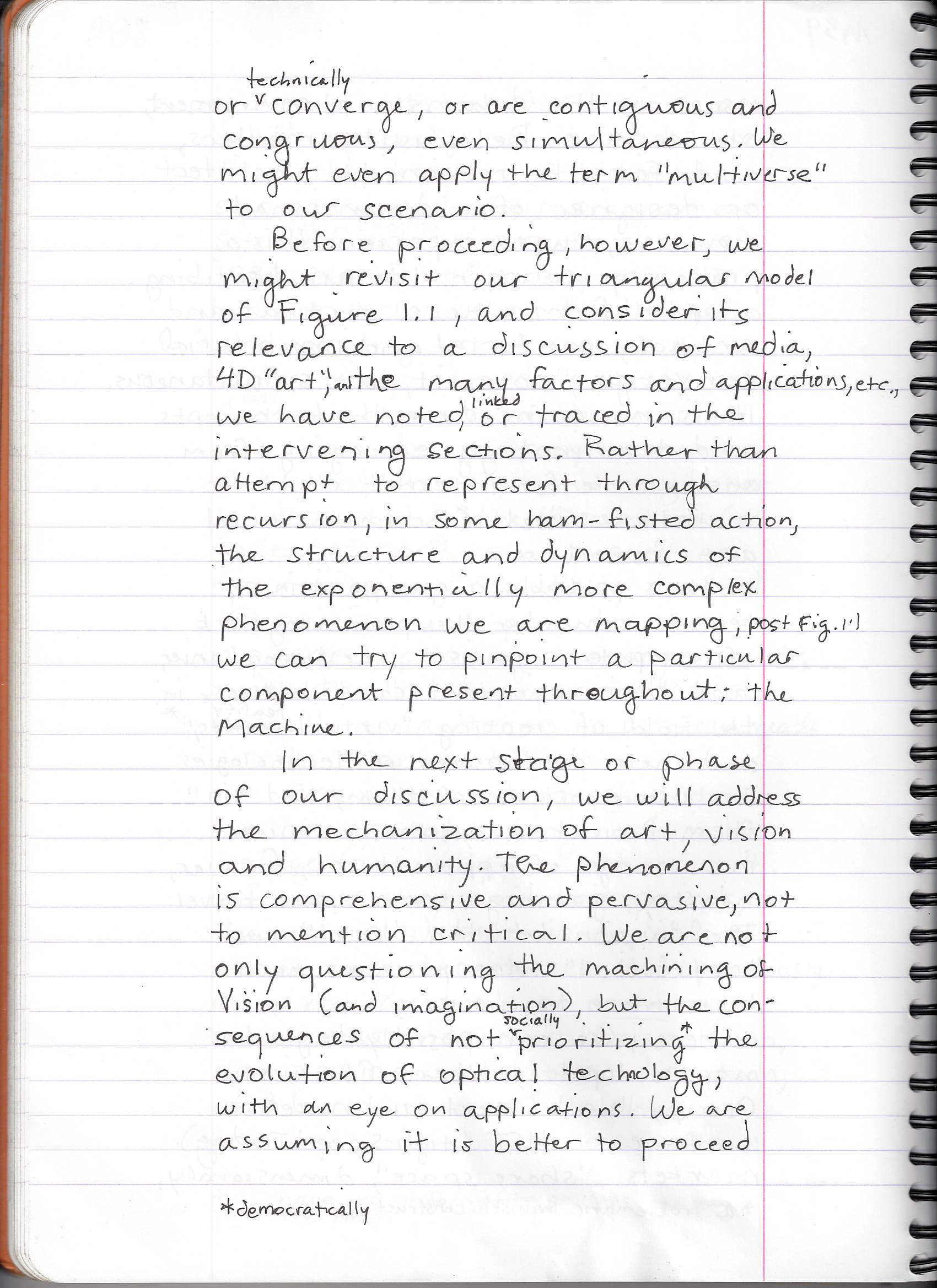Envisioning the physical manifestation of the 4D+ Thesis exhibit is a fun and useful exercise. It helps my thinking about the spatial relationships and necessary architecture for presenting the individual paintings and objects in relative, collective perspective. I correlate the practice to arrangement disciplines, e.g., stones in a sandbox, flowers in a vase, etc. The analog and digital versions of exhibit design inform each other to an extent. The development of dedicated software (CAD, etc.) that is applicable to the discipline has reoriented the game considerably. The model is itself considered fair aesthetic game. Roland Reiss, who is showing in Claremont at the moment, comes to mind.
The 4D+ THESIS project ~ self-publishing the text online in multiple formats/platforms ~ is already yielding some good information/promising analysis. Probably the most interesting realization points to the transformative quality of translation. Migrating the text into the digital realm as serial or sequential scanned object(s) indicates an aspect of the virtual that applies to a range of Things. The decision to post copies, reproductions of the original, rather than keyboard-enabled versions/drafts, which are easily captured in bulk actions, was driven initially by my reservations about sharing the thesis with those who would appropriate or co-opt the content minus proper attribution. Now, I can see that the copies are subject to rules of compression and distribution that apply to images, rather than narrative. So, the experience of the viewer aligns more with the pictographic protocol, than the transmission-receptor order of Civilized reading of content. The concept of the Book is a blurred one in the virtual sphere. The linear direction of the reader's encounter with the Idea is undermined by the program of presentation for images. To an extent, this realization is pertinent to the problems posed in Contemporary Art by the making literal of all visual material. The immaterial is not necessarily the master of the objective, technical reality established by art (painting, sculpture) within designated architecture. This is especially true when patterns and architectural consistency feature in the mode of presentation for art (i.e., White Cube). At stake, for instance, is the quality of objectivity proposed for the inducted viewer over time, with repetition. A goal of White Cube programming, one assumes (beyond mundane factors, such as cost reduction for the presenter), is to induce in the viewer a level of calm produced by a Control environment for viewing art. The enhancement of the viewing experience is achieved by reducing distractions from the art itself. The protocol is derived from scientific/lab practice, Hermeneutics, and some psychoanalytic provisions. Add a 4D element, which is present in any wired/desktop experience - because one can easily switch portals with a click - and the system can be obviated instantly. It shouldn't be surprising that the art industrial complex is reacting the way it is. Projects like the Museum of Ice Cream are direct derivative of the scenario. The art fair and biennial likewise have emerged in this era of disruption as proposed, if flawed, answers to the question of what works in post-White Cube era. Similarly, the pop-up, the open studio tour, and so on, all seem, together with the Big Box solutions, to present technical reactions to perceptual expansion. In fact, most of these developments result more from macro-economic pressures/dynamics than any systemic or programmatic innovation, generated to respond to perceptual evolution. An additional liability, the antiquated ownership regime superimposed on art, in conjunction with the exchanges cultivated for property-based art, retard any organic progress to accommodate new sense-capacity in art viewers.


